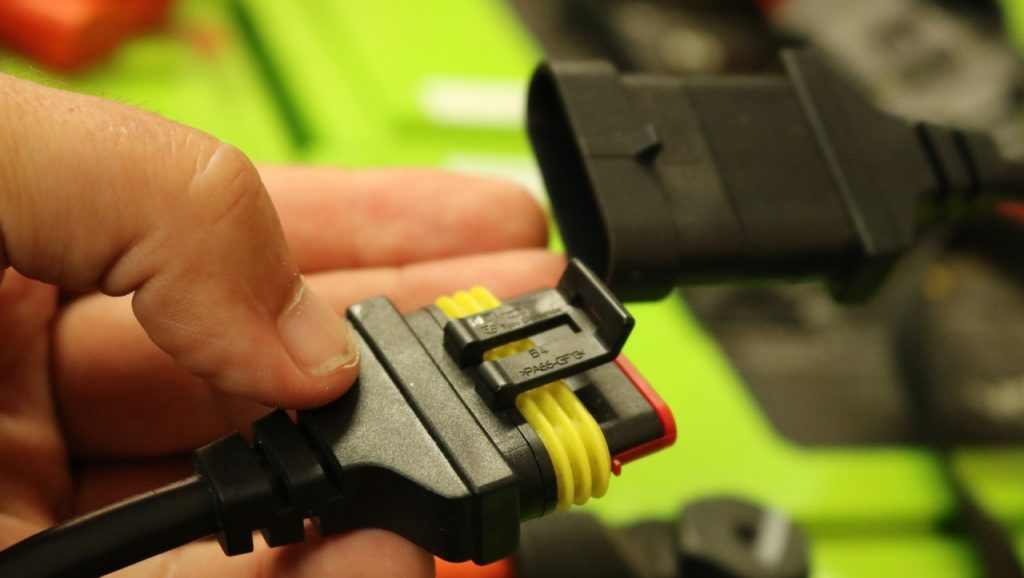Any update on this? I checked out the github page for @skaggetse but I don't see any details about how to wire up the RaspPi to the batteries.
I have been low on time for this project. I am having energy-supply issues at the moment, I use my Raspberry in an EV, and need good 5v supply to power both Raspberry, Dongle and Monitor. Will have to investigate further. Right now my GUI is disrupted by kernel messages of low energy, so I can't really use this yet.
The setup is fairly easy. All you really need is a USB-RS485 dongle with FTDI chip or other Linux compilant chip or a RS485 Raspberry Pi Hat. Then you connect to the USB-RS485 dongle to the batteries. You can find how the connectors are wired up in the battery manual. Heres a blog post of Ben wiring up his batteries to the RS485 dongle;

Lithium Battery Communications - 300MPG.org
I just got my laptop to communicate with the Valence lithium batteries in the Ford Ranger EV pickup truck! The truck’s instrumentation is pretty basic – just a “Miles to Go” and “Percent Charged” meter, which were designed to work with lead-acid batteries. I wanted to be able to communicate...
 300mpg.org
300mpg.org
In BMSconfig.py you set up what COM-port your USB-RS485 dongle is assigned. Then you should be good to go running the script.
Notice; This is only for monitoring at the moment. I have been able to control an external SSR via GPIO-pins, but this is experimental.
If you are using this code on other platforms than the Raspberry, you will need to uncomment all code referencing the GPIO.







